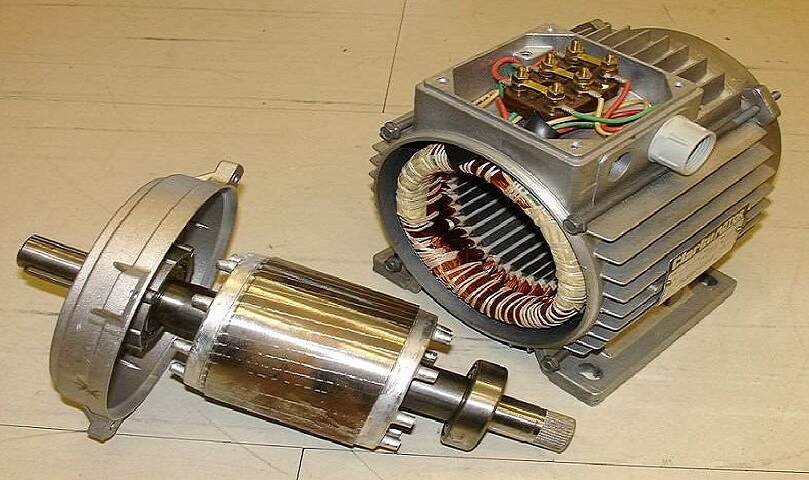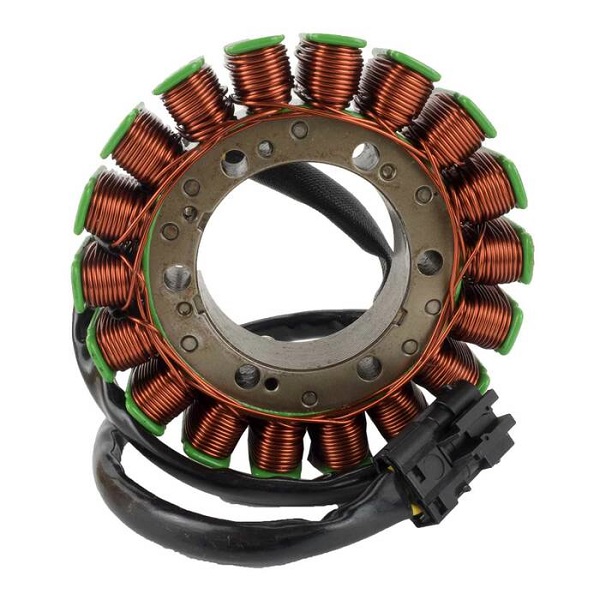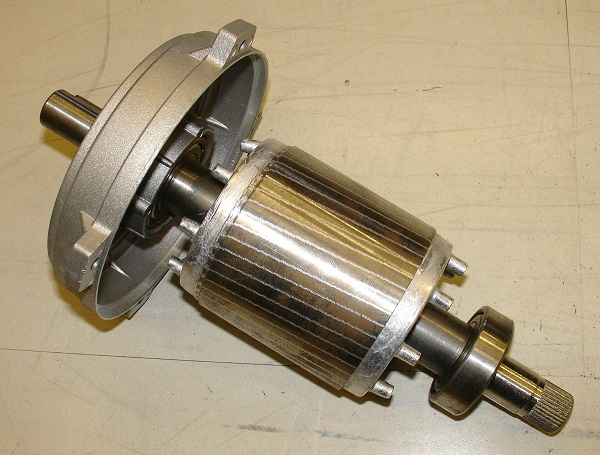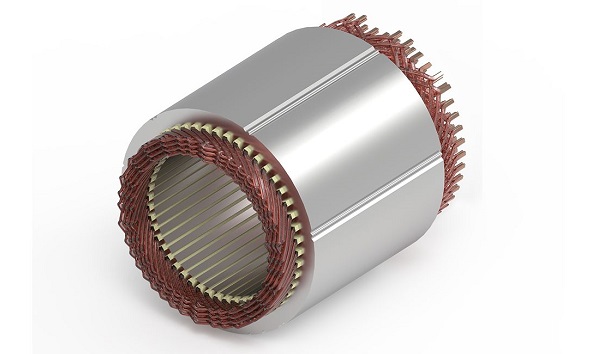Today in Linquip, we want to talk about the difference between stator and rotor! These two small parts are crucial for almost all electrical motors. That is why you should know how they differ and what parameters are the ones that enable them to function differently from each other. Let’s dive into the details.
The Main Difference Between Stator and Rotor
There are multiple factors that can be taken into consideration when comparing stators and rotors such as movement, parts, insulation, supply, winding arrangement, friction loss, etc. Each one of these parameters can affect the difference between stator and rotor in a specific way. We will go through them one by one to see how they differ in these two parts. But first, let’s read a bit about stators and rotors and learn what they are, to fully understand the difference between stator and rotor.
What is a Stator?
The major difference between stator and rotor is in that the stator is considered as the motors’ static part. The stator contains a frame, winding, and static core. The housing or the frame of the stator is made from aluminum, although this is only for motors up to 22 kW. This material changes for the motors that have higher outputs. In these cases, the housing should be made from cast iron. The housing keeps all the parts inside. The stator contains thin and stacked laminations. These laminations are wound with insulated wire and the stator’s core contains many (almost hundreds) of these laminations.
Stators generate a rotating magnetic field and its core that is made from high-grade silicon steel stamping is responsible for protecting and supporting the three-phase winding. When AC or alternating current is applied, the polarity of the stator’s winding changes. This results in the rotation of the stator’s magnetic field.
The availability of the stators is good since they have different designs, enabling them to handle different frequencies, outputs, and voltages. You can easily choose the one that suits your needs and is perfect for your desired application.
Types of rotors in Centrifuge & Helicopter ( Review in 2020)
What is a Rotor?
So, to know the difference between stator and rotor, we should also learn about rotors. Rotors are the rotating section of a motor. It contains a core and winding. A DC supply triggers the rotor’s winding. The rotor is the heart of the stator. Stator uses the three-phase supply to generate the rotating magnetic field. Rotors have different types including the squirrel cage and the phase wound.
The rotor is made of lamination stacks, just like the stator. But unlike the stator, the rotor’s lamination stack is filled with silumin or aluminum bars. On the other hand, the stator is filled with copper wire. The bars in the rotor act as the required conductors.
When the rotor is not moving, the electromagnetic force incudes in them due to the electromagnetic induction phenomena. When the moving magnetic field of the stator cuts across the conductor bars of the rotor, a current will be produced. The produced current circulates through the stator bars. As a result, magnetic fields are created around each bar. With the changes in the magnetic field around the stator bars, the field in the rotor changes as well. This process and interaction, make the rotor move.
Now, let’s go through the parameters that separate rotors and stators to see why they are different.
-
Movement
The most obvious difference between stator and rotor is in their movement. While the rotor rotates inside the motor and is considered as the rotating part, the stator is motionless and does not move.
-
Parts
Another difference between these two is in their parts. The stator has a frame, supporting the core and its winding. The stator has a three-phase winding which is located inside the frame. The rotating magnetic field of the stator is carried by the core. The important thing about the rotor here is that it is located inside the stator’s core! The rotor contains winding and core as well.
-
Insulation
Another parameter that should be considered in this comparison to find the difference between stator and rotor is the insulation. The stator has heavy insulation. This is while the rotor has low insulation.
-
Supply
Rotor has a DC supply. Stator, on the other hand, has a three-phase supply. A three-phase supply can accommodate a higher load.
-
Definition
Yes, they differ in their definition as well! The definition of these two lies in their movement style. While the rotor is the rotating part of the motor, the stator is considered to be the stationary part of the machine.
-
Friction Loss
Another difference between stator and rotor is in their friction loss parameter. The friction loss depends on the structure of the part. Stator’s friction loss is high. That is while the rotor has a low friction loss.
-
Winding Arrangement
The winding arrangement between a rotor and a stator differs in that a stator’s winding arrangement is complex. On the other hand, rotors have an easy arrangement.
-
Size
The stator winding size is large since it carries a heavy current. On the other hand, the size of the field winding is not as large as the stator.
-
Cooling
Another difference between stator and rotor is in their cooling system. The stator’s cooling system is considered to be better than the rotor because the stator is stationary, while the rotor moves.
Now that you have reached the end of this article, you know what rotors and stators are and you are also able to tell the difference between stator and rotor. What is your opinion about these two parts? Comment below and share your thoughts with us. Have questions about this industry and can’t find the answer? Then signup on Linquip and our experts will quickly answer all your questions. Plus, you can enjoy reading many related articles on our website.







Home of hints
Thanks for visiting our website and leaving your comment, Kenan! We hope to hear from you again in our other posts.